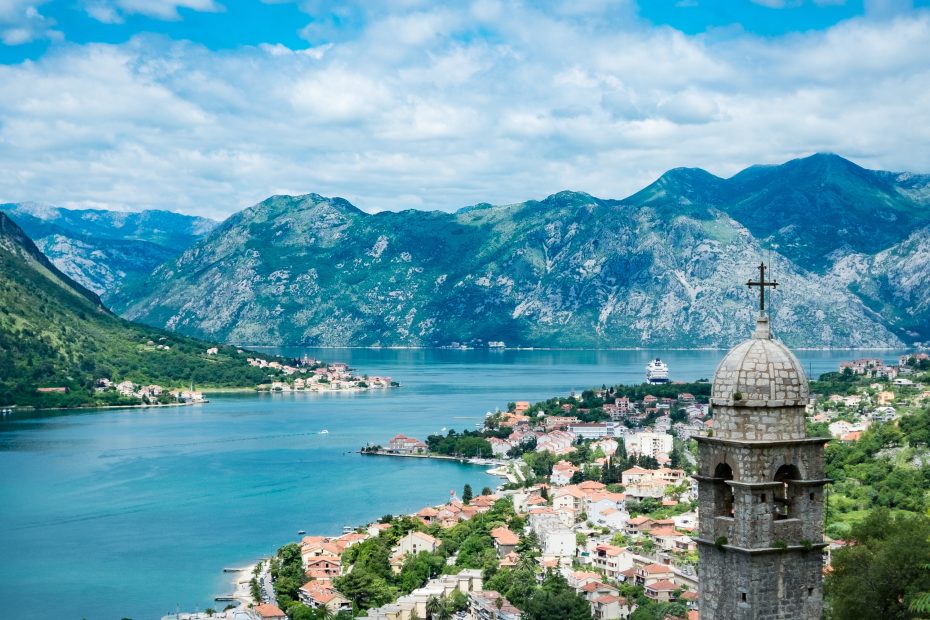Table of Contents
Introduction
Nestled along the Adriatic Sea in Southeastern Europe, Montenegro is a small Balkan country bursting with natural splendor and a rich cultural legacy. Though one of Europe’s lesser-known destinations, Montenegro offers incredible mountain landscapes, glittering coastlines, historic settlements and a vibrant artistic tradition.
In this article, we’ll explore Montenegro’s captivating blend of breathtaking natural beauty and centuries-old cultural heritage. From soaring mountain peaks to medieval fortified towns, get ready to discover why Montenegro is an up-and-coming gem for travelers seeking unspoiled nature and Old World charm.
Natural Beauty
Mountains and Lakes
Home to some of Europe’s most dramatic Alpine scenery, Montenegro’s rugged mountains account for over two-thirds of the country. The Durmitor National Park is home to 48 peaks over 2000m, including Bobotov Kuk, Montenegro’s highest mountain. Glacier-carved landscapes, crystalline lakes and roaring rivers make Durmitor a nature-lover’s paradise.
The magnificent Skadar Lake, the largest in southern Europe, boasts islands, monasteries, and over 270 species of birds. Exploring by boat is a must to fully experience the tranquility of this nature reserve.
Coastline
With nearly 300 km of coastline along the sparkling blue Adriatic sea, Montenegro’s beaches are some of the most pristine in the Mediterranean. The Venetian-style seaside town of Kotor sits on a dramatically steep fjord known as the Kotor Bay or Boka Kotorska. With its deep blue waters and sheer grey mountains, Kotor Bay is often likened to Norway’s fjords.
National Parks
In addition to Durmitor and Skadar Lake, Montenegro has several other national parks showcasing the diversity of its landscapes. Biogradska Gora contains one of Europe’s last intact primeval forests, with trees up to five centuries old. Lovćen National Park provides magnificent vistas from Mt. Jezerski and showcases unique geological formations.
Cultural Heritage
Ancient Settlements
Some of Montenegro’s earliest known settlements date back over 2500 years. Doclea, founded in the 3rd century BC, contains extensive Roman-era archaeological ruins, including temples, a theater, and public baths. The well-preserved Diocletian’s Palace in Budva is a Roman archaeological site built for Emperor Diocletian in the 4th century AD.
Medieval Architecture
Boasting Venetian and Byzantine influences, Kotor’s old town is surrounded by magnificent defensive walls constructed between the 9th and 14th centuries. The ancient Ostrog Monastery was founded in the 17th century and is one of the most visited pilgrimage sites in the Balkans. Its white stone edifices are uniquely integrated into a vertical cliff.
Modern Influences
Despite its small size, Montenegro has a rich culinary tradition with Mediterranean, Slavic and Ottoman influences. Traditional specialties include pršut (dried cured ham), kastradina (dried smoked mutton) and kačamak (a polenta-like porridge). Art, literature and music thrive in Montenegro, with the sound of traditional instruments like the gusle and ocarina interwoven into modern arts.
Conclusion
From sublime mountain vistas to cobblestoned medieval villages, Montenegro truly earns its nickname “The Jewel of the Adriatic.” With a landscape still dominated by virgin forests and glittering waters that capture the essence of the Mediterranean, Montenegro remains relatively undiscovered compared to its more famous neighbors. However, its cultural legacy spanning ancient civilizations, medieval kingdoms and contemporary life provides a compelling glimpse into the past. For travelers seeking both dramatic natural beauty and vibrant cultural traditions, Montenegro offers one of Europe’s most intriguing blends of unspoiled nature and captivating history.
FAQs
What are some of Montenegro’s top attractions?
Some of Montenegro’s top attractions include Durmitor National Park, Kotor’s medieval old town, and the Bay of Kotor. Skadar Lake, Ostrog Monastery, and Budva’s historic center are also popular sites.
What is Montenegro’s currency?
Montenegro uses the euro as its official currency, having formerly used the deutsche mark and then the German euro before adopting the euro in its own right in 2007.
What languages are spoken in Montenegro?
The official language is Montenegrin. Serbian, Bosnian, Albanian, and Croatian are also recognized regional languages. English is commonly spoken in major tourist areas.
What is the best way to get around Montenegro?
Buses connect most major cities and towns. Driving by rental car is another excellent way to explore at your own pace. For some destinations, boat travel like ferry services on Skadar Lake is recommended.
What is the food like in Montenegro?
Montenegrin cuisine shows heavy Mediterranean influences. Popular dishes include cevapi (grilled minced meat), burek (filo pastry pie), kačamak (porridge), and crni rižoto (black risotto). Local wines and pršut (dry-cured ham) are also specialties.
